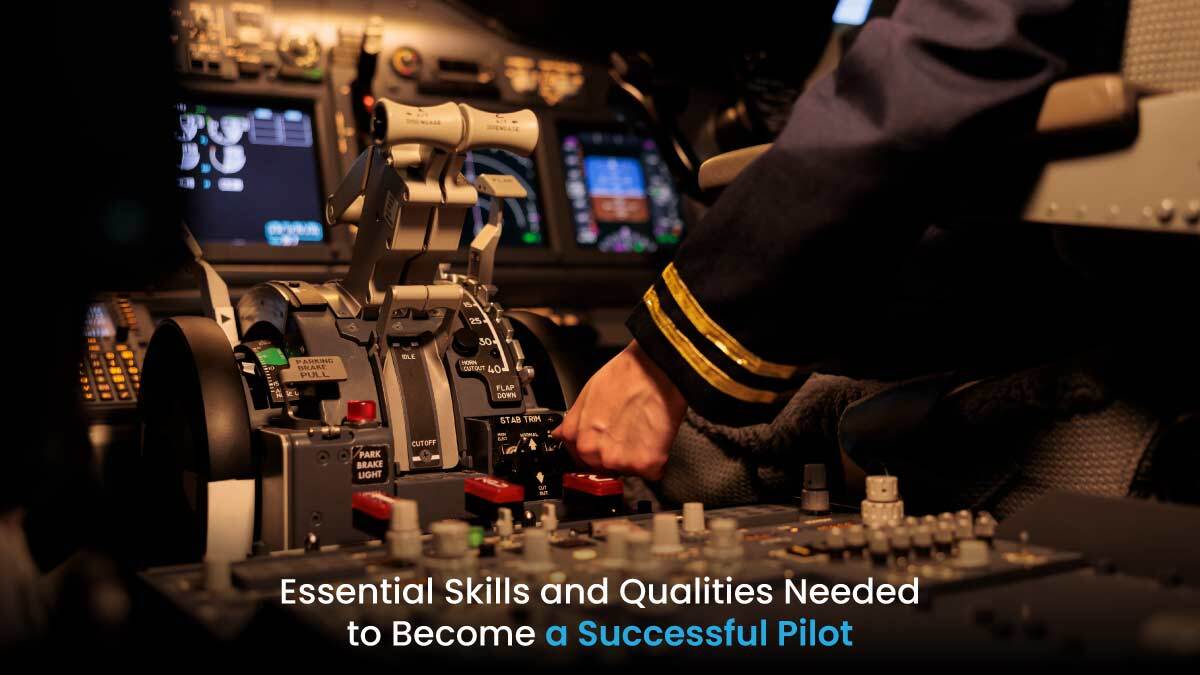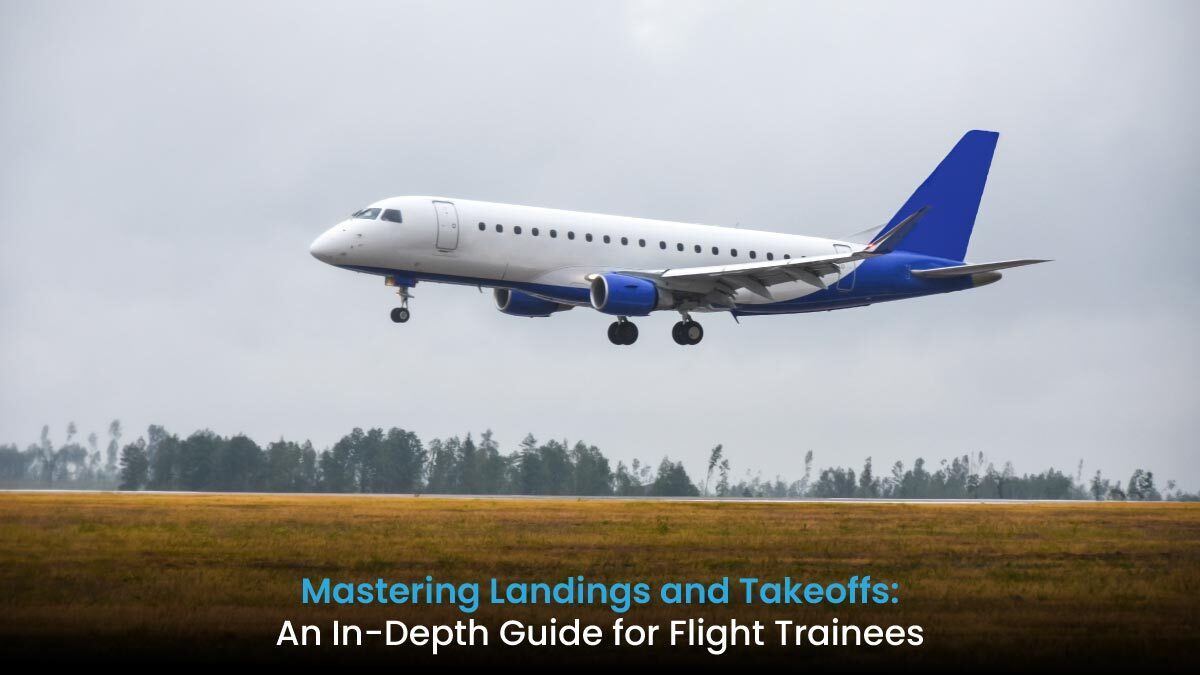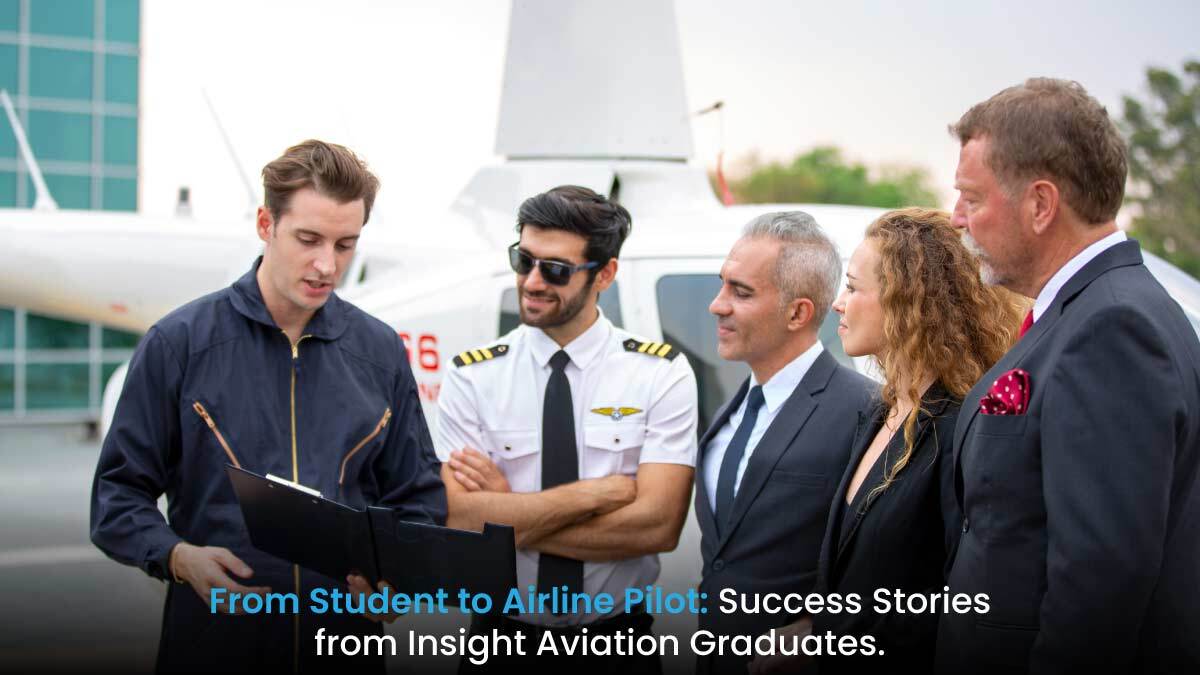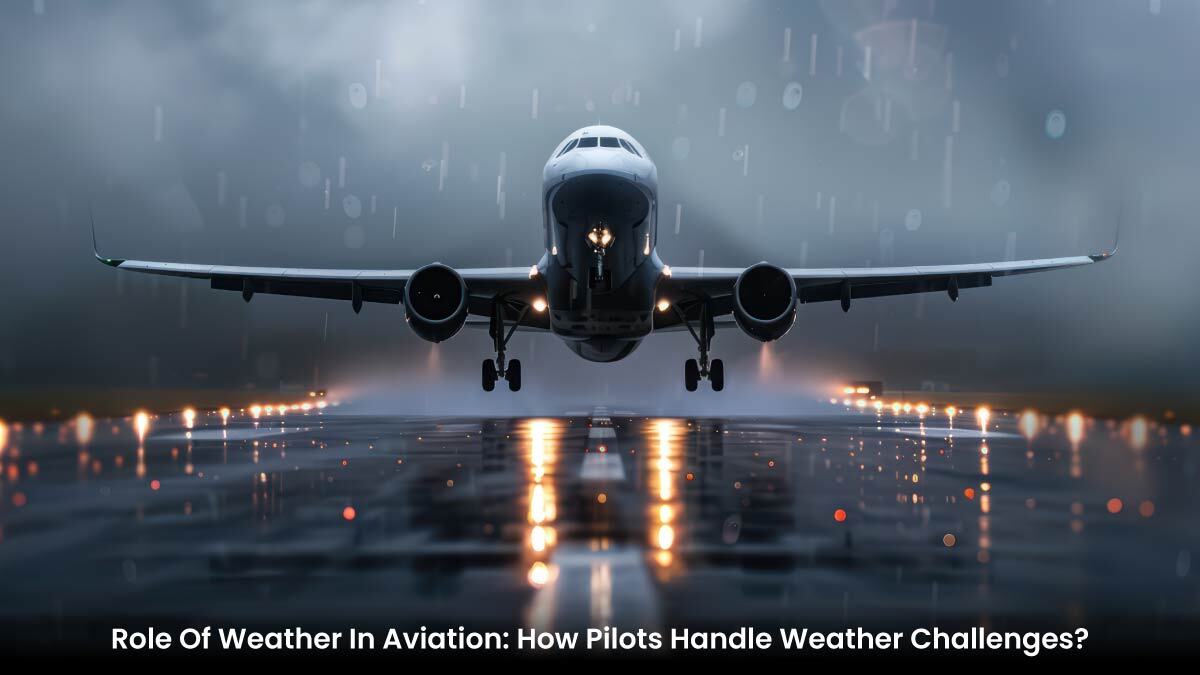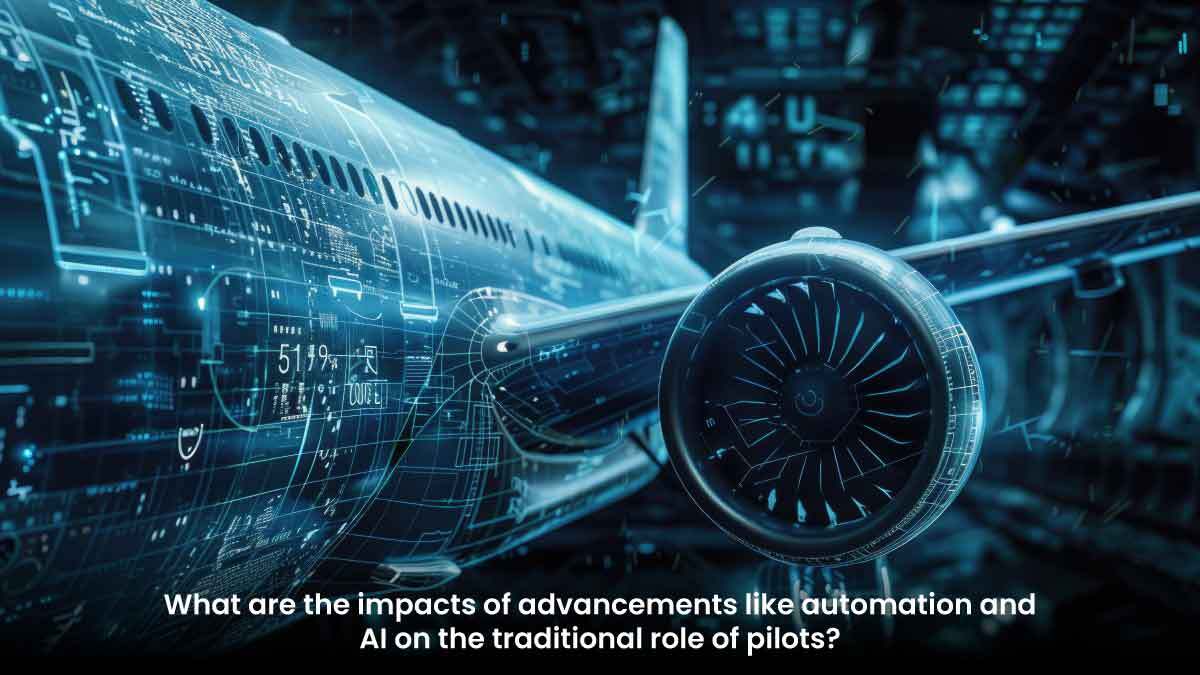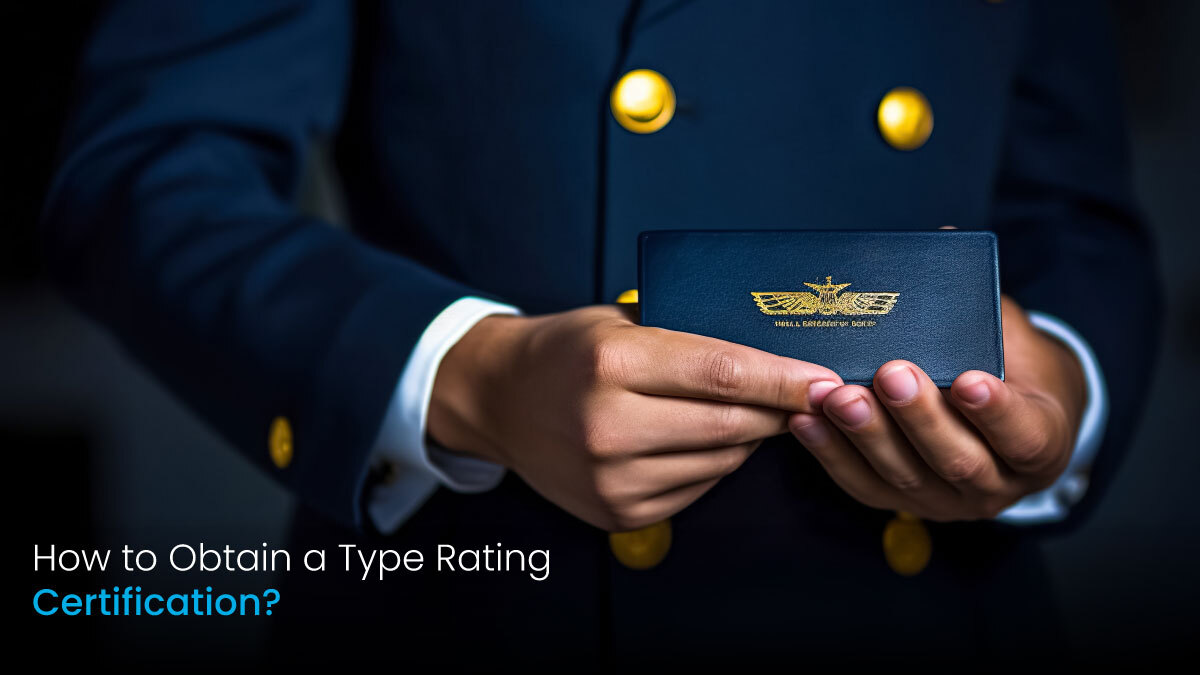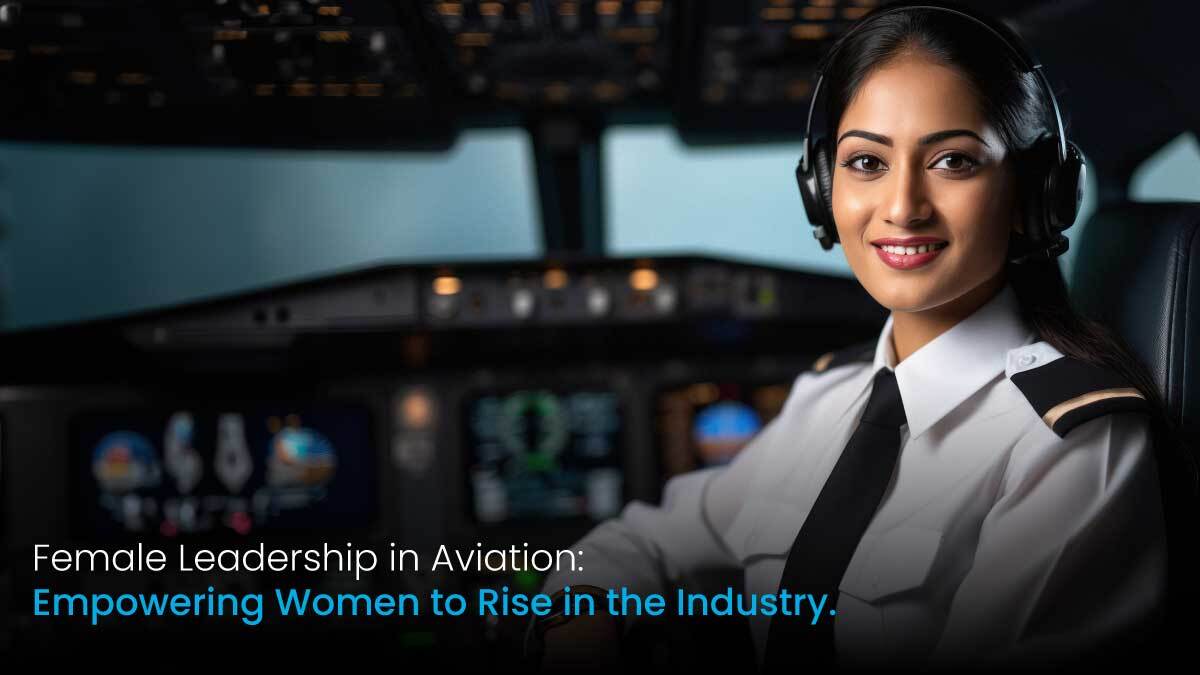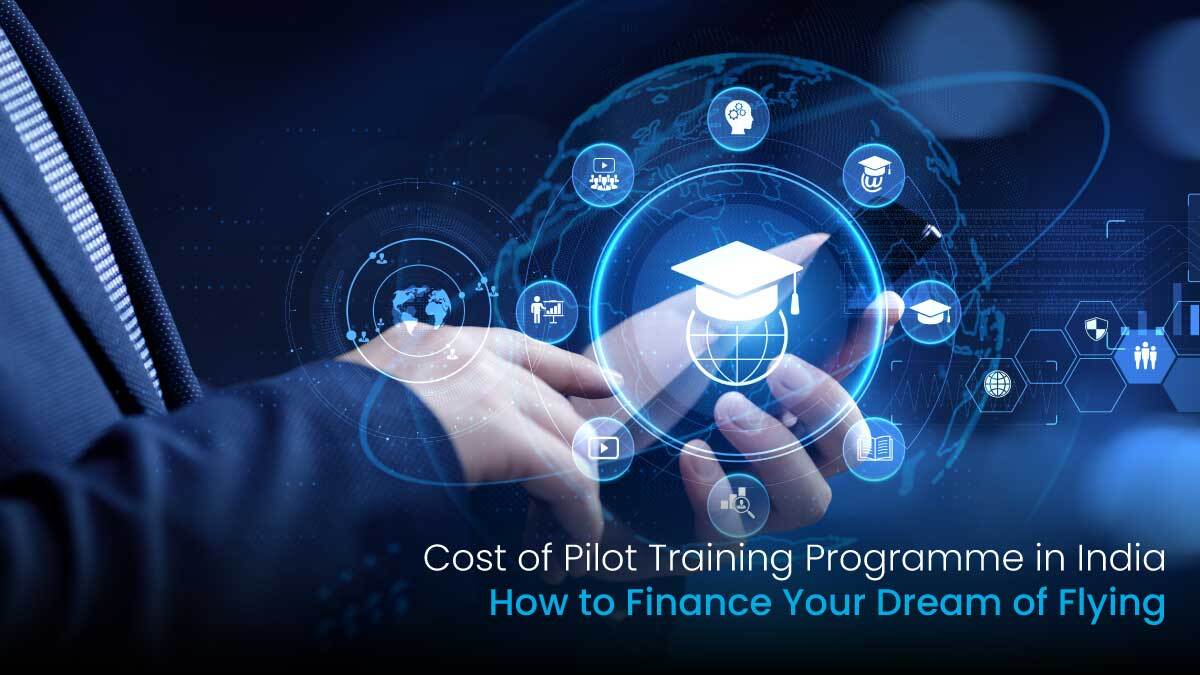
Flying isn’t just about the destination—it’s about the courage to take off in the first place. For a few remarkable women in history, the skies were not just a frontier to cross but a challenge to conquer. These women, through grit and determination, have soared above societal expectations and shattered aviation records, inspiring countless others to follow their lead. From the daring Amelia Earhart to India’s own trailblazing Sarla Thakral, each of these women turned their dreams into reality, proving that with passion and persistence, no altitude is unreachable. Let’s explore the stories of these incredible female pilots who reshaped aviation history and showed us all that the sky is not the limit—it’s just the beginning.
Amelia Earhart (1897–1937)
Amelia Earhart is arguably the best pilot in the world for her daring spirit and ground-breaking achievements. She was the first pilot in the world to defy gender norms and show women they could take to the skies. In 1932, she became the first woman to fly solo across the Atlantic Ocean, inspiring generations of female pilots. Earhart also co-founded The Ninety-Nines, an organisation that supported female aviators. Although she disappeared during her attempt to fly around the world in 1937, her legacy remains an everlasting beacon of courage and inspiration.
Jacqueline Cochran (1906–1980)
Jacqueline Cochran broke more aviation records than any other pilot—male or female—in history. She was the first woman to break the sound barrier in 1953, leading the Women Airforce Service Pilots (WASP) during World War II. Her leadership, skill, and determination proved that women could fly military aircraft just as well as men. Cochran’s story shows that even if you’re not born into privilege, you can become the best pilot in the world with hard work and passion.
Bessie Coleman (1892–1926)
Bessie Coleman’s story is one of defying all odds. Facing racism and gender discrimination in the U.S., she moved to France to earn her international pilot’s license, becoming the first African American and Native American woman to do so. Known as “Queen Bess,” she became a daring stunt pilot, captivating audiences with her bold aerial tricks. Coleman’s courage and determination make her the best pilot in the world figure, showing people of colour and women everywhere that they too can conquer the skies.
Sarla Thakral (1914–2008)
Sarla Thakral was one of the best pilots from India who broke through societal norms to embrace her love for flying. At just 21 years old, she flew solo in a Gypsy Moth aircraft in 1936. Thakral’s journey is one of perseverance—after facing personal loss and the interruption of her training during World War II, she reinvented herself in other fields but never lost her passion for aviation. Thakral remains an inspiration for women in India and beyond, proving that dreams know no boundaries.
Jerrie Mock (1925–2014)
In 1964, Jerrie Mock became the first woman to fly solo around the world. Her 29-day journey in a single-engine Cessna 180, dubbed the “Spirit of Columbus,” spanned over 22,000 miles. Mock faced challenges such as hostile weather and emergency landings at secret military bases but pushed through, setting new benchmarks for female aviators. Her historic feat showed that the best pilot in the world isn’t defined by gender but by grit, determination, and a love for flight.
Gunjan Saxena (1975–present)
Flight Lieutenant Gunjan Saxena was one of India’s first female combat pilots. During the Kargil War in 1999, Saxena flew daring rescue missions in high-risk zones, evacuating injured soldiers and transporting vital supplies. Her bravery in the face of danger and her contributions to the Indian Armed Forces broke gender barriers in military aviation. Saxena’s story continues to inspire young women in India to dream big and pursue careers in aviation. She remains one of the best examples India has ever seen.
Amy Johnson (1903–1941)
Amy Johnson‘s incredible solo flight from England to Australia in 1930 earned her a place in aviation history as the first pilot in the world to accomplish such a feat. Her daring 11,000-mile journey inspired countless women to pursue their dreams, no matter how impossible they seemed. Johnson continued to break records in long-distance flying, reminding us that persistence and passion are the keys to success in any field. Her story remains a timeless testament to women who push the limits of what’s possible.
FAQs
1. Who was the first female pilot to fly solo across the Atlantic?
Amelia Earhart was the first female pilot to fly solo across the Atlantic Ocean in 1932.
2. Who is the best pilot from India?
Gunjan Saxena is one of the best pilots in the world from India, known for her brave missions during the Kargil War.
3. Who was the first female pilot to fly solo?
Jerrie Mock was the first woman to fly solo around the world in 1964, covering over 22,000 miles in 29 days.


